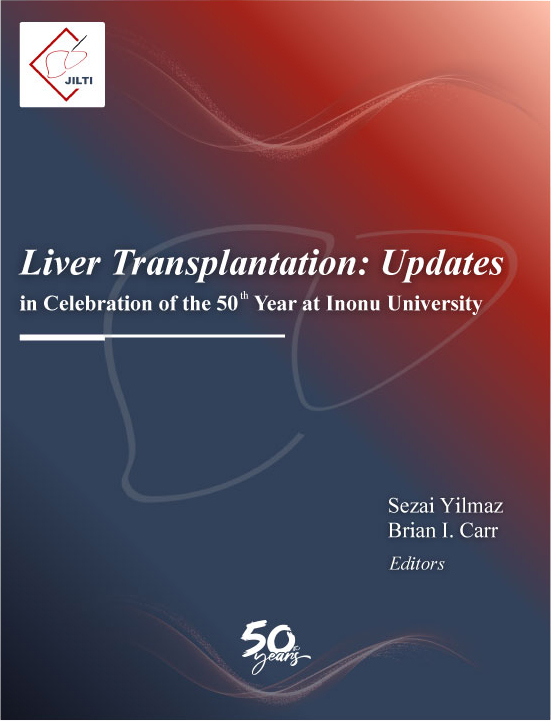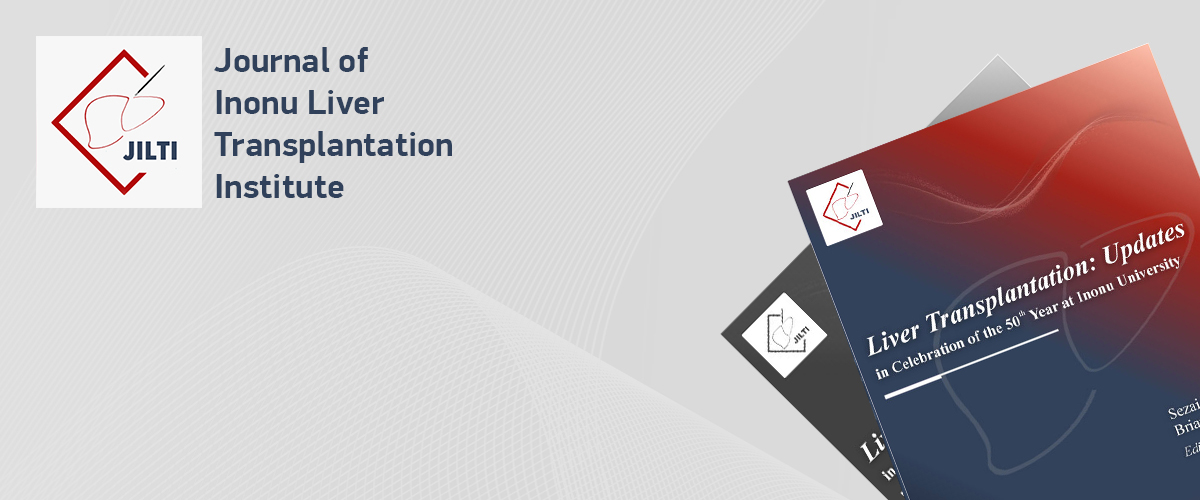Living Donor Liver Transplantation for Erytropoietic Protoporphyria Liver Disease
Sertac Usta1, Kuntay Kaplan1, Ayse Nur Akatlı2, Volkan Ince1, Cemalettin Koc1, Cemalettin Aydın1, Sezai Yilmaz11Liver Transplantation Institute, Inonu University, Malatya, Türkiye2Department of Pathology, İnönü University, Turgut Özal Medical Center Faculty of Medicine, Surgical Sciences, Malatya, Türkiye
Porphyrias are an inherited group of diseases caused by the deficiency of enzymes in the heme synthesis pathway. Erytropoietic protoporphyria is associated with a deficiency of ferrochelatase activity.
Liver transplantation is the most effective treatment in cases of liver failure due to EPP. In this study, a case who underwent LDLT goes liver failure due to EPP is presented.
A 15-year-old boy who had had recurrent photosensitive skin reactions due to erythropoietic protoporphyria since the age of 1 year. The patient had elevated liver enzymes, coagulopathy, advanced jaundice, low ferrochelatase activity, and high erythrocyte protoporphyrin activity. Liver biopsy confirmed extensive protoporphyrin deposition with cirrhosis, and so living donor liver transplantation was performed. The clinical and laboratory course of the patient in the early post-transplant period was quite normal. But, on the 12th posttransplant day, there was duodenal perforation, possibly due to burns caused by reduced headlights or surgeons' headlights during the operation. The patient, who had a very complicated course, died on the 43rd day after LT.
LT is lifesaving if acute or chronic liver disease has developed in EPP. Special precautions are required to protect these patients from porphyric crises and phototoxic reaction. Bone marrow transplantation can be performed after LT to eliminate the cause.
Keywords: Liver, protoporphyria, transplant.
Manuscript Language: English





